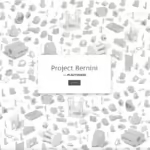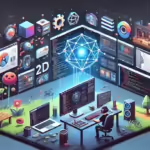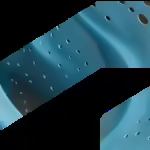Ray tracing shines on smooth curved surfaces. Both the winner and runner-up used Siemens PLM NX as their design software.
By Jon Peddie
Lightworks just picked the winners in its latest image rendering competition, giving top prize to Sean Carnell of New Zealand for his work on a 1954 Porsche 550 Spyder. For his efforts Carnell takes hone a Nikon D3100 camera, which is a bit ironic given that ray tracing is used to replace a camera.
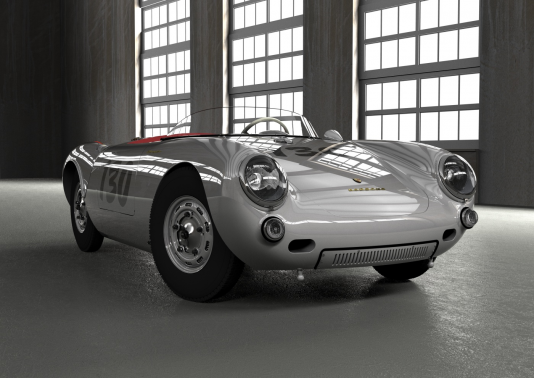
This is an excellent example of modeling and light fields with multiple and diffuse light sources, smooth and irregular reflective surfaces (look at the floor), secondary reflections, and the resultant soft and realistic shadows. The first place I look at on a car image is the headlights and then the wheels. Those are the most complex areas and will show up the weaknesses of a quick renderer’s abilities.
The 3D CAD model was made from a model car surface scan that was scaled to full size from original factory drawings. The interior parts have been reproduced from original parts. These models will be used to create tooling for reproduction parts. These include all the badges, indicator knobs, switches, etc.
The final model facet count including the warehouse is over 5 million. The initial rendering was done on an Intel quad-core Q8600 with 8 Mb of RAM on 64-bit XP and an Nvidia Quadro video card.
The scene had one HDR map (high dynamic range imaging) which was created with HDR Studio, no other light source. The floor has both texture maps and bump maps which are different and do not have the same tile numbers; the result creates a floor which appears seamless. The texture used on the wall is done the same way and is a photo of a warehouse wall which has been tiled with different ratios and slightly different finishes.
Carnell has been working with CAD/CAM for over 20 years, predominantly within the product and process design and tooling sector. He is a long time user of Siemens PLM NX and has won many awards over the years for his work. “Lightworks technology within NX has been my go-to rendering engine for complex visuals with glass and metallic finish for many years,” says Carnell.
In announcing the win, Lightworks commented on Carnell’s skilled use of HDRI reflections, which situated the model visually in the scene and showed the curvature of the car body. The definition of Lightworks materials used on the wheel hubs and windscreen and headlight covers “provides an understated but believable representation of chrome plate and glass,” said the announcement.
The runner up in the competition was Romain Queslier of France. He also uses NX. Queslier used the Image Based Lighting feature, based on Lightworks technology within NX 7.5, to light his image of the Zephyr II 3D laser scanner.
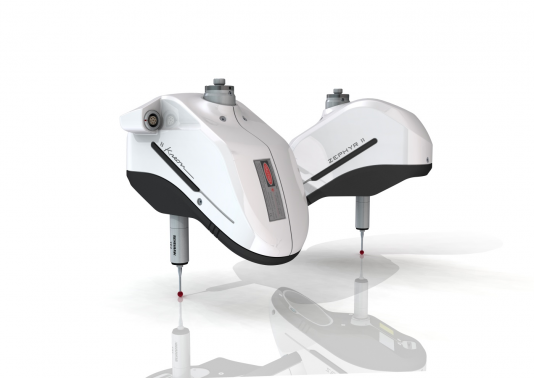
Other entries are on display at the Lightworks Gallery. The contest runs quarterly.


